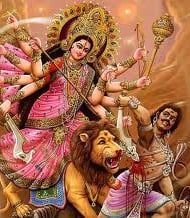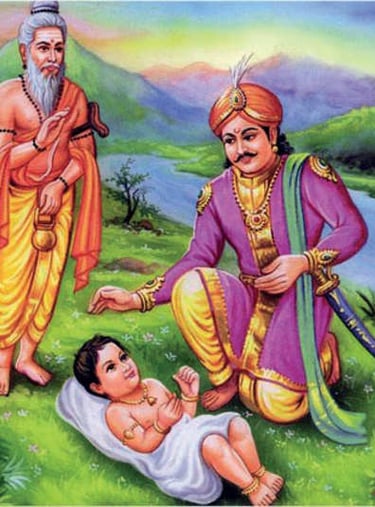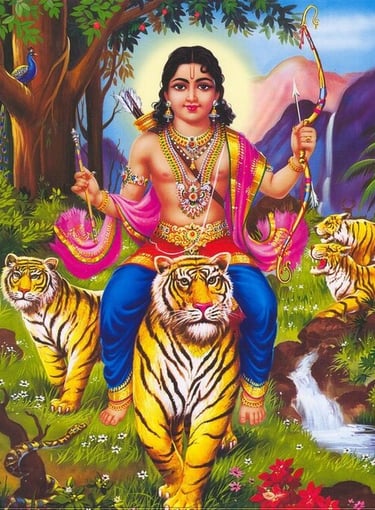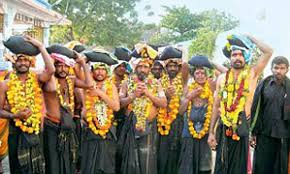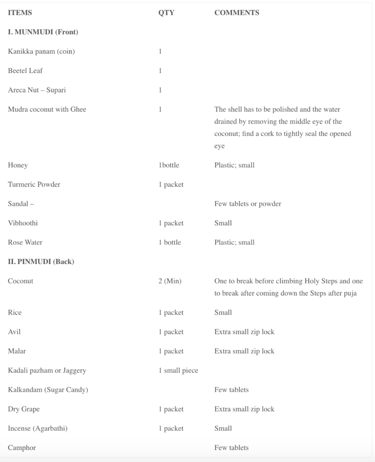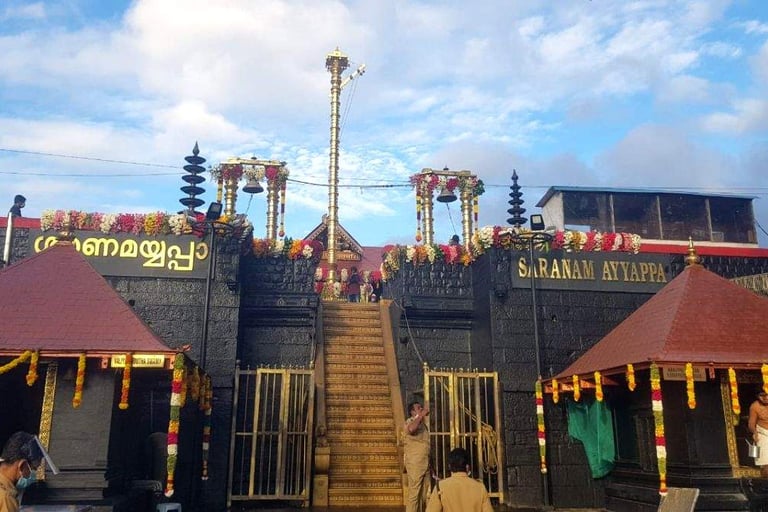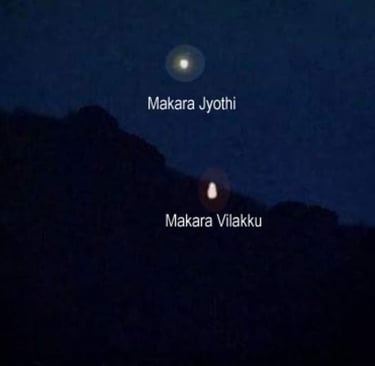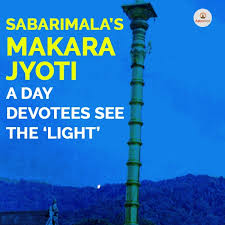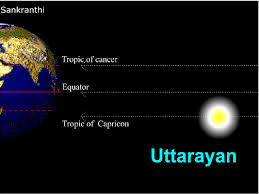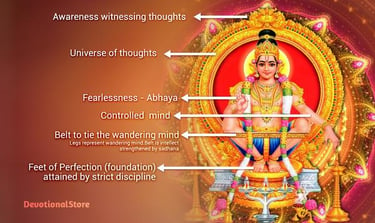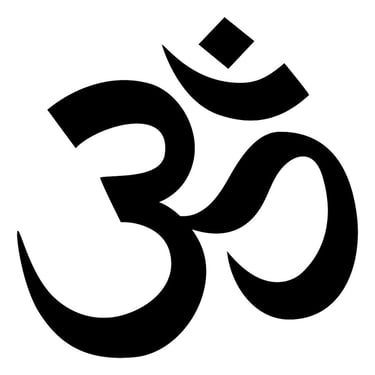Before we delve into Knowing Ayyappa (Dharma Shaastha), we need to know about Mahishasura.
A demon named Mahishasura (Mahisha means Buffalo and Asura means Demon) undertook severe penance (tapas) and consequently Lord Brahma was forced to grant his wish that that no man will be able to kill him. Emboldened by Brahma’s boon, Mahishasura commenced systematic destruction of people and pulverized tribes and communities. Terrorized and fearing his wrath, people fled to distant lands. The devas appealed to Goddess Durga, All the Gods gave their special weapons to her. Riding on a lion, who assisted her, Durga fought Mahishasura. The battle raged for nine days and nights during which Devi Adi Shakti acquired 9 different forms to defeat nine different Asurs. Finally on the tenth day of Ashvin shukla paksha, Mahishasura was defeated and killed by Durga. Hence, we also worship Goddess Durga as Mahishasuramardini. #Navratri



